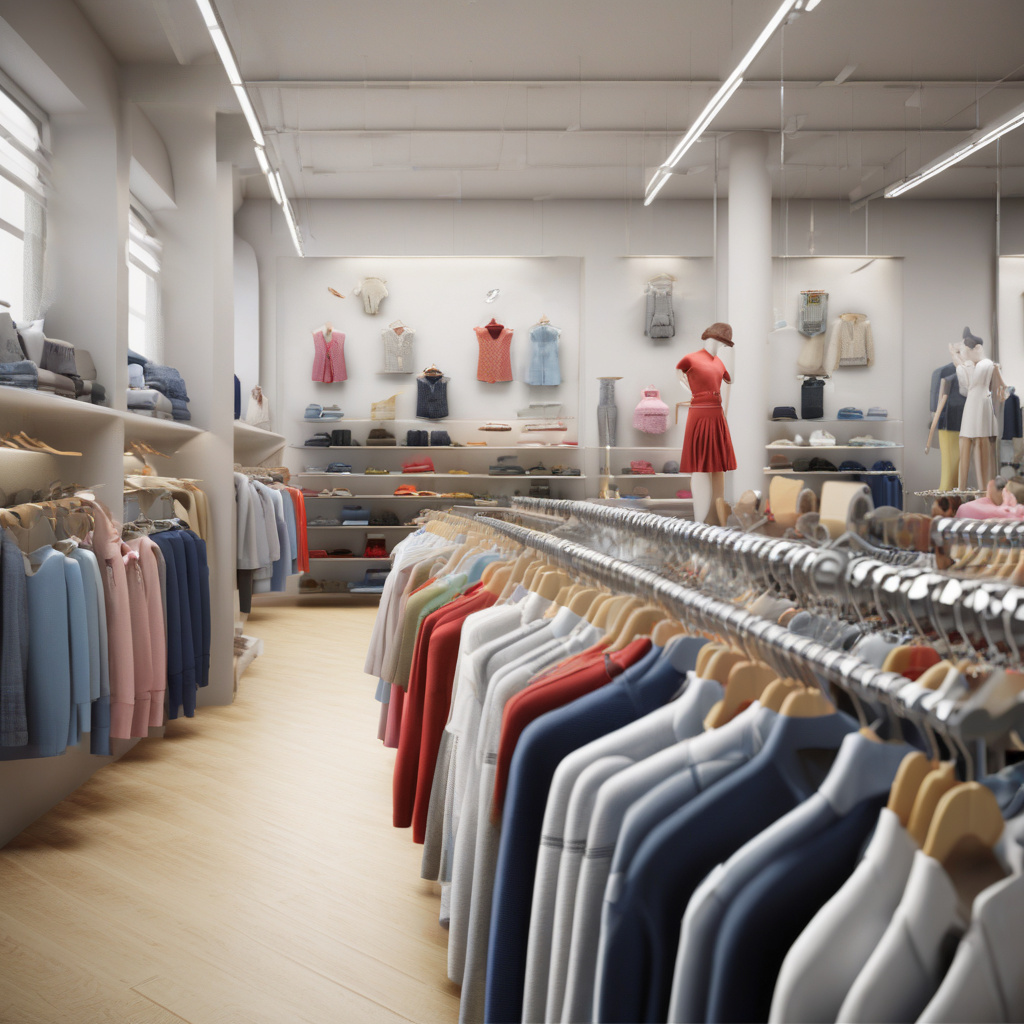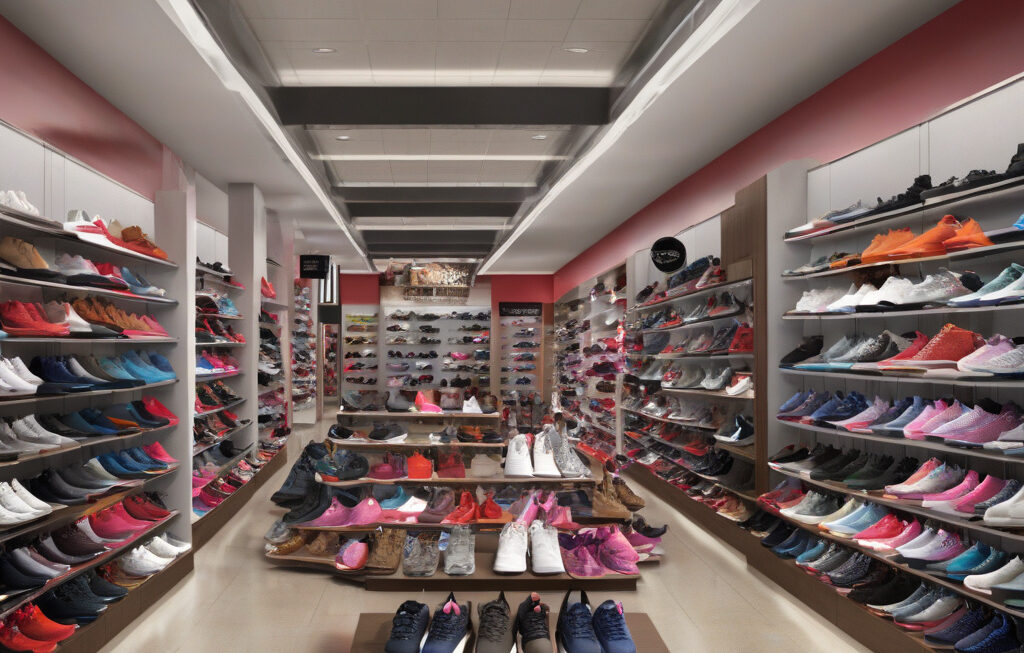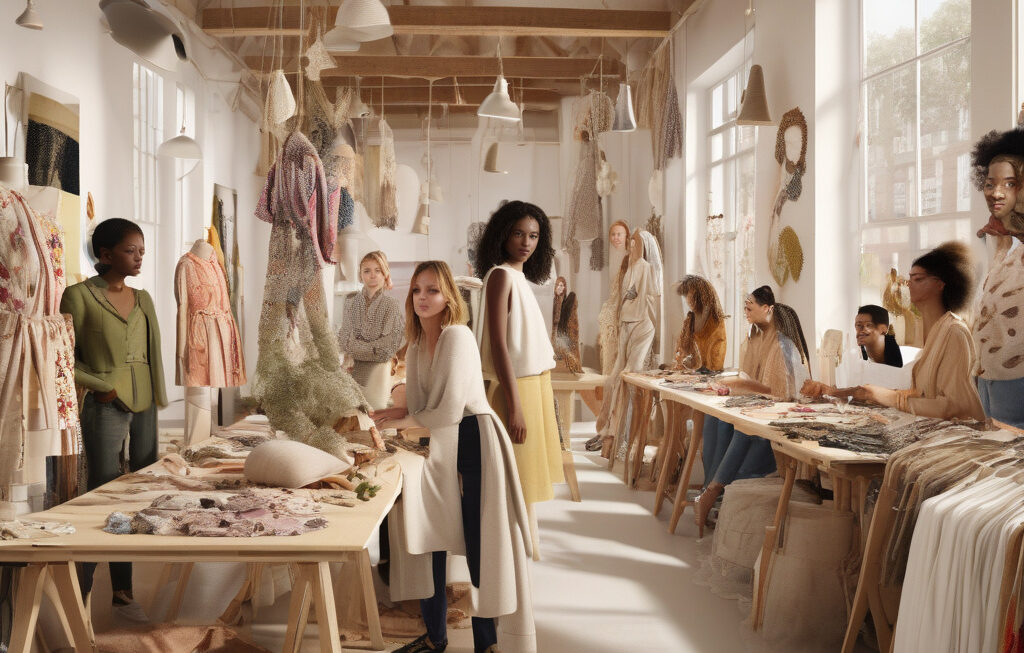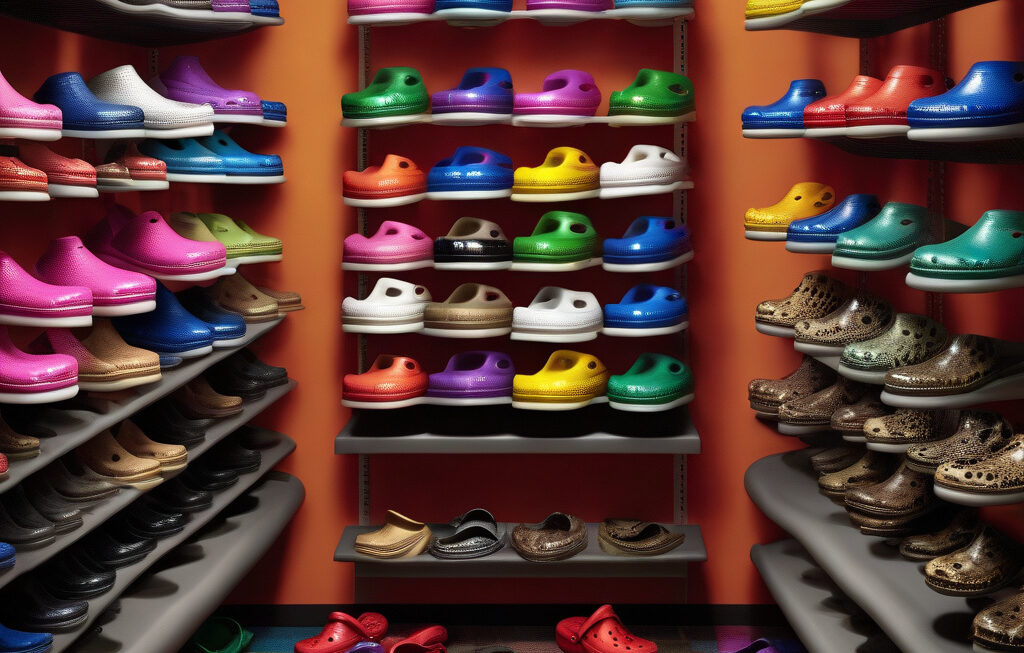Apparel Prices Rose in August Amid Tariff Pressures
In the ever-changing landscape of global trade, the apparel industry has recently found itself at the forefront of a significant shift in pricing dynamics. The latest data reveals that in August, apparel prices experienced their most notable increase since February. This surge comes as a direct result of the tariff pressures imposed by the Trump administration, signaling a tangible impact on consumer goods.
The imposition of tariffs on apparel imports has set off a chain reaction within the industry, leading to price hikes across a wide range of products. Manufacturers and retailers alike are feeling the squeeze as they navigate the complexities of these new trade policies. With the cost of importing goods on the rise, companies are being forced to reassess their pricing strategies to maintain profitability.
One of the key factors contributing to the spike in apparel prices is the escalating trade tensions between the United States and several of its key trading partners. As the Trump administration continues to implement tariffs on a variety of goods, including textiles and clothing, the ripple effects are being felt throughout the supply chain. From higher manufacturing costs to increased duties on imported materials, the entire industry is grappling with the economic repercussions of these policies.
Consumers, too, are feeling the impact of these tariff pressures. As apparel prices continue to climb, shoppers are being forced to rethink their purchasing decisions. The days of inexpensive fast fashion may be numbered, as budget-conscious consumers are forced to confront higher price tags on everyday items. This shift in pricing dynamics has the potential to reshape consumer behavior and preferences in the long term.
Despite the challenges posed by these tariff pressures, the apparel industry is no stranger to adaptation. Companies are exploring innovative solutions to mitigate the impact of rising costs, from streamlining operations to sourcing materials from alternative markets. By embracing creativity and flexibility, industry players can navigate this period of uncertainty and emerge stronger on the other side.
Looking ahead, the future of apparel pricing remains uncertain. The interplay of trade policies, global economic conditions, and consumer behavior will continue to shape the industry in the months to come. As companies adjust to this new reality, one thing is clear: the apparel sector is in a state of flux, with change on the horizon.
In conclusion, the recent surge in apparel prices in August serves as a stark reminder of the far-reaching implications of trade policies on consumer goods. As the industry grapples with tariff pressures and economic uncertainty, adaptation and innovation will be key to weathering the storm. By staying agile and proactive in the face of challenges, apparel companies can navigate this period of change and emerge resilient in the evolving marketplace.
tariff pressures, apparel industry, trade policies, pricing dynamics, consumer behavior












